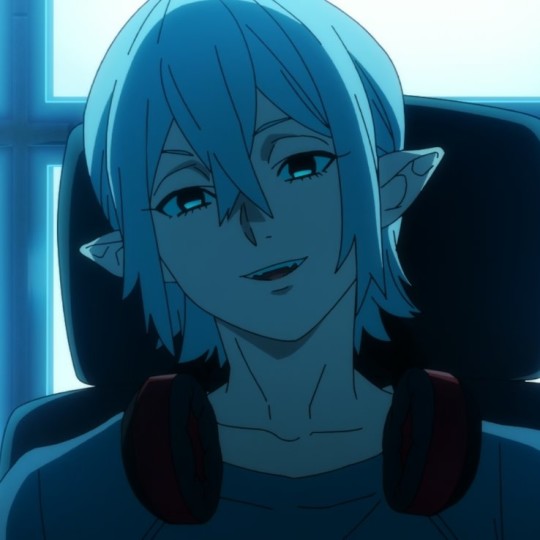#mihai icons
Text

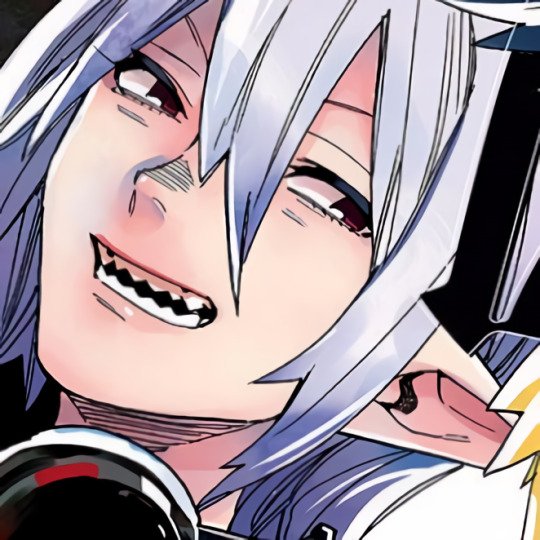
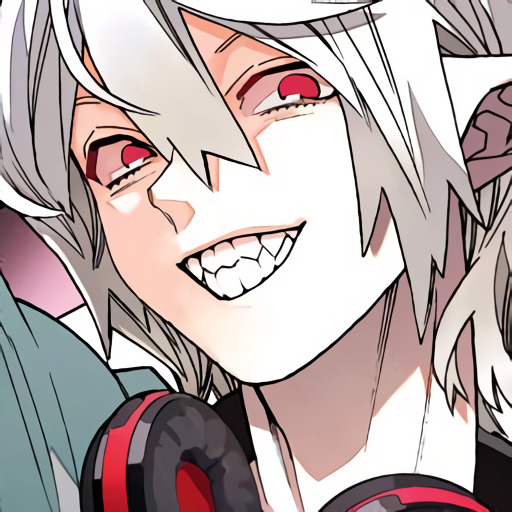


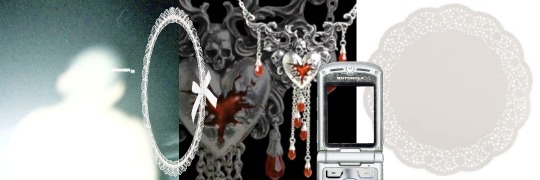
i have a lot of regrets about that. ☆
#DAMN WHO'S THIS CUTIE#I'm in love ???#mihai florescu#mihai icons#mihai layouts#kemono jihen#kemono jihen icons#kemono jihen layouts#anime messy layouts#messy layouts#manga messy layouts#grey layouts#gray layouts#twink#yoimita
208 notes
·
View notes
Text


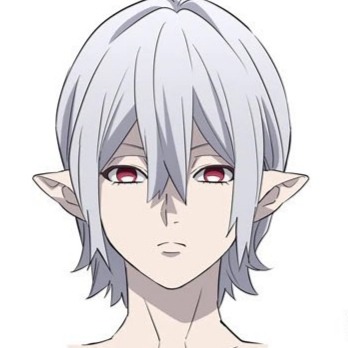
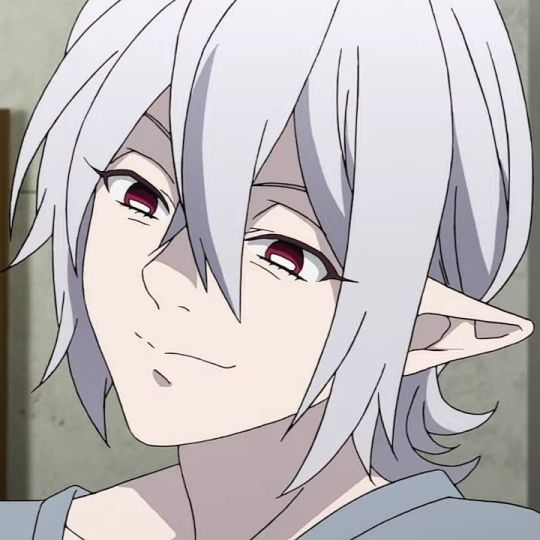


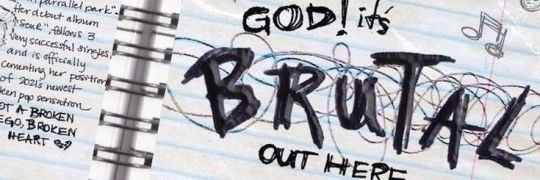

🌱📢 mon amour est le vôtre!? ## ⋆ ᓚᘏᗢ
#kemono jihen#mihai florescu#kemono jihen mihai#mihai icons#mihai layouts#kemono jihen icons#kemono jihen layouts#anime layouts#anime moodboard#anime icons#messy anime icons#messy layouts#messy anime layouts#anime locs#messy moodboard#dividers#anime users#text locs#kaomoji#carrd resources#gifs#random layouts#twitter headers#messy header#png icons
466 notes
·
View notes
Text

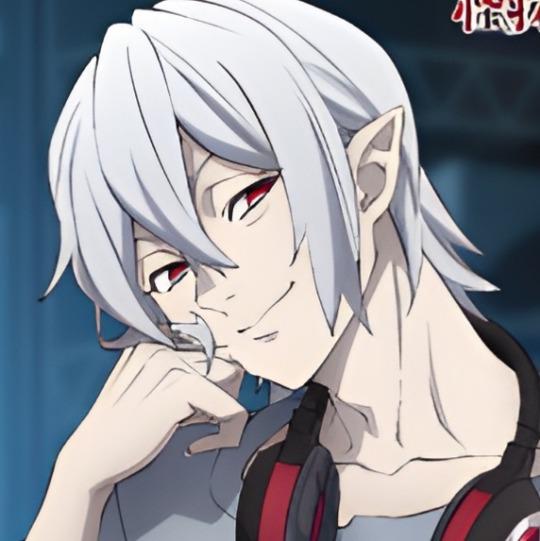
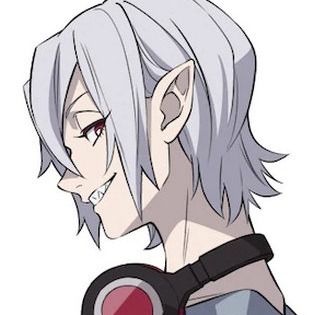
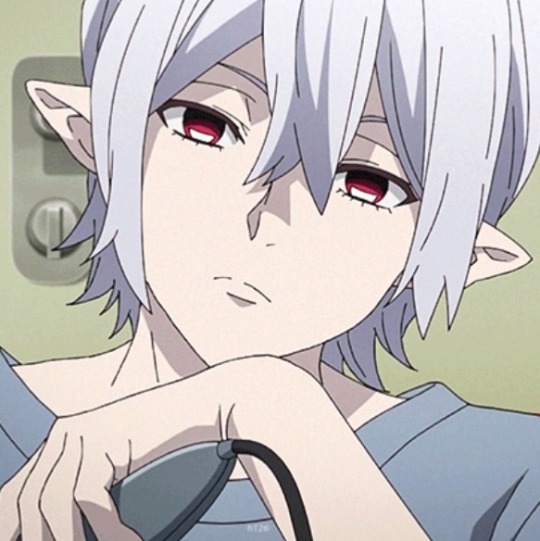


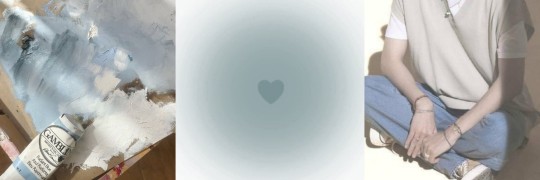
ミハイ フロレスク . . . 🖱️
#mihai florescu#kemono jihen#mihai layouts#mihai florescu layouts#kemono jihen layouts#mihai icons#mihai florescu icons#kemono jihen icons#anime#anime layouts#anime icons#messy layouts#manga#manga icons#anime headers#gray layouts#anime packs#kemono jihen packs#messy packs
270 notes
·
View notes
Text
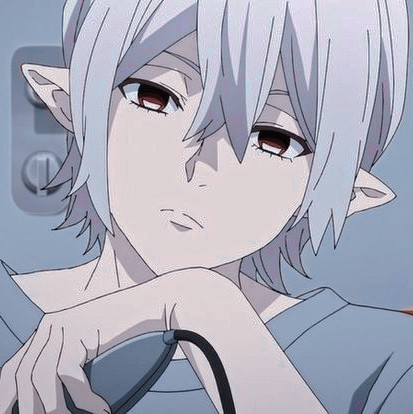






☄️ (・_・;) 🗯️ ˚。 𖠗
#mihai florescu#kemono jihen#mihai layouts#mihai icons#kemono jihen layouts#kemono jihen icons#anime layout#anime layouts#anime icon#anime icons#anime header#anime headers#anime blue#anime boys#anime boy#anime messy packs#anime messy headers#anime messy layouts#anime messy icons#anime#blue layouts#blue icons#blue headers#white layouts#white headers#anime black and white#white#white moodboard#white wallpaper#pink aesthetic
74 notes
·
View notes
Text










♔ || MIHAI FLORESCU ICONS
250x250 || bisexual || bordered circle
like / rb + credit + read dni if using
requested by anon !!
15 notes
·
View notes
Text
I need a new kemoji chapter soon or else i might cave in and change my username to wataeip. Alternatively, i could use that as a sideblog, but i dont need one. Hm
#i cant change from mihai tho like it's so iconic#my favorite cringefail romanian representation in animanga
3 notes
·
View notes
Note
Hiiii, is it annoying to ask you for some reading recommendations from your country?? 😅 I study literature so I will inhale pretty much anything you give me: poems, scripture, myths, essays on ANY topic, neat articles and studies, love letters, philosophy, oral tradition, books of course... Whatever you like :)
Hey! No, not at all, I appreciate the interest.
Romania does have some great writers that are worth reading. For poetry, if you're interested in a thorough overview, "Romanian Poetry from its Origins to the Present: A Bilingual Anthology" by Daniel Ioniță, Daniel Reynaud, & Adriana Paul would be a good start. I personally favor the modernists, and especially the symbolists; Tudor Arghezi, George Bacovia, Ion Minulescu, Nichita Stănescu, Lucian Blaga... Ion Barbu too, on occasion. And even though he's considered an icon of romanticism, Mihai Eminescu (THE Romanian poet) also has some poems I really like -- Memento Mori especially, which you should be able to find in the anthology. By Bacovia, I really like the poem Ideas, hope it's in there. I couldn't find any translation online, but this is my favorite part (with the caveat it's me translating):

This'll give you an idea of what Bacovia is like, at least. God, so much of his poetry relies on how it sounds though, and translation is really difficult.
When it comes to prose, the following books aren't a comprehensive taste of Romanian literature; however, I tried to mix classics with books I more personally liked:
The Hatchet, by Mihail Sadoveanu
The Spider Web, by Cella Serghi
The Town with Acacia Trees, by Mihail Sebastian
Desert Forever, by Octavian Paler
Forest of the Hanged, by Liviu Rebreanu
Ciuleandra, by Liviu Rebreanu
The Lucky Mill, by Ioan Slavici
The Procustean Bed, by Camil Petrescu
The Most Beloved of Earthlings, by Marin Preda
La Medeleni, by Ionel Teodoreanu
Lorelei, by Ionel Teodoreanu
Invitation to Waltz, by Mihail Drumeș
Diary of a Short-Sighted Adolescent, by Mircea Eliade
Nineteen Roses, by Mircea Eliade
Nostalgia, by Mircea Cărtărescu
Travesti, by Mircea Cărtărescu
Tbh, if you can find anything translated by these authors, it might be interesting to read.
We also also have some cool philosophers. You might've heard of existentialist Emil Cioran, from which I recommend "A Short History of Decay", but he has other books translated worth reading. Then there's Lucian Blaga who's also delved into philosophy, and Mircea Eliade, who's actually world-renowned for his "History of Religious Ideas". I also recommend "The Sacred and the Profane" by him.
For more cultural analysis, might be fun to read "History and Myth in Romanian Consciousness" by Lucian Boia. And for a book on history, "A Brief Illustrated History of Romanians" by Neagu Djuvara might be interesting, since it's a bit lighter.
This got longer than I expected! If you do get through these, I hope you have fun. I admire your zest for reading and for widening your horizon, it's great that you want to sample works from all kinds of cultures as part of your degree.
#asks#book recs#dacă citește vreun român asta și vrea să adauge chiar vă rog. n-am mai prea citit chestii recente
27 notes
·
View notes
Text



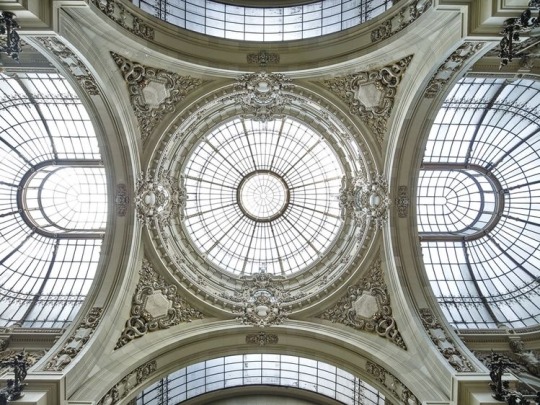
The CEC Palace is one of those architectural symbols of the Little Paris, as Bucharest was once known, that has remained today a landmark for the identity of Bucharest.
Beyond the impressive building, there is a paradoxical place story: it was one of the oldest and most sought after prayer places in the Romanian Country, the Church of the "Saint John the Great" Monastery erected since the time of Mihai Viteazul, 16th century. A small dwelling, made of wood like most of the time, but after a century begins to deteriorate. In 1703 the church is restored by Constantin Brancoveanu.
More than for its beauty, the church was famous for the wonders that happened to the sick persons who stepped inside. Later, because the lack of money, lack of interest and lack of love for the past, the church was left to deteriorate. In 1875 it reaches the point where authorities asked for its demolition.
So, the former monastery became the headquarters of the Deposit House - Romania's first bank institution, founded in 1864, 16 years before the National Bank, and then the headquarter of the CEC, the current CEC Bank.
Returning to this iconic building, an authentic French Baroque style, it is important to mention that the architect was Paul Gattereau and its cornerstone was laid by King Carol I of Romania. Its construction lasted between 1896 and 1900. For the construction, there were used Romanian materials: massive Dobrogea stone for the facade and for the entrance, and Dobrogea marble for the mosaic in the central hall and for the stairs.
Source: visitbucharest.today
Photo source: pinterest.com, reddit.com
#romania#wallachia#bucarest#eastern europe#churches of romania#architecture#architechts#french#paris#baroque#bank#architecture aesthetic#monastery#photograpy#aestehtic#building#glassart#art#travel the world#symbols
34 notes
·
View notes
Text

icon and pinned post image made by chvoswitch
* 𝐒𝐂𝐀𝐑𝐋𝐄𝐓𝐒𝐇𝐑𝐎𝐔𝐃 a canon divergent / headcanon based 𝚆𝙰𝙽𝙳𝙰 𝙼𝙰𝚇𝙸𝙼𝙾𝙵𝙵 from 𝐄𝐀𝐑𝐓𝐇-𝟔𝟏𝟔 with some MCU (EARTH-19999) influences. conjured by moe.

𝚁𝙴𝙶𝚄𝙻𝙰𝚃𝙸𝙾𝙽𝚂 : 𝐑𝐔𝐋𝐄𝐒 𝐎𝐅 𝐂𝐇𝐀𝐎𝐒
INTRO. my name is moe. she / her. black and cherokee indian. twenty-two. I have ADHD (undiagnosed) This blog is selective and mutuals only. the content of this blog features dark and triggering themes / imagery, if you are sensitive to that please move along.
DISCLAIMER. while this blog is duplicate friendly to cinematic and comic wandas, please keep in mind that I am very critical of the mcu and the actress. I will not interact with anyone who identifies as a MCU / Lizzie Olsen STAN and refuses to acknowledge the problematic and harmful writing of the maximoff twins.
FACECLAIMS. medallion rahimi (Jewish), maeva buono (Italian), deepika padukone (South Indian), blanca romero (Roma), emmanuelle chriqui (Jewish), emmy rossum (Jewish), bianca mihai (Roma), doinita oancea (Roma), Micheline Pitt (Roma), Gratiela Brancusi (Roma)
CREDIT. header | psd | icon border

𝚁𝙴𝚂𝙾𝚄𝚁𝙲𝙴𝚂 :
Some thoughts on MCU!Wanda / Elizabeth Olsen : one two three
Roma Education / Resources : one two three
Comic Wanda Info : one
Petitions / Donations : one two
Roma / Jewish Wanda fics : one
Stranger Things : Filming S4 at a Nazi Prison Camp: one two three
Roma Literature (recommendations welcome!) : one two. three four
Inspiration for my canon divergency: one two three
(important) Comic / MCU Wanda Dissection: one

𝙸𝙽𝙵𝙾𝚁𝙼𝙰𝚃𝙸𝙾𝙽 : 𝐖𝐇𝐎 𝐈𝐒 𝐓𝐇𝐄 𝐒𝐂𝐀𝐑𝐋𝐄𝐓 𝐖𝐈𝐓𝐂𝐇 ?

𝙱𝙸𝙾𝙶𝚁𝙰𝙿𝙷𝚈 : 𝑨 𝑺𝑯𝑹𝑶𝑼𝑫 𝑶𝑭 𝑺𝑪𝑨𝑹𝑳𝑬𝑻
Coming soon.

𝙿𝙾𝚆𝙴𝚁 : 𝐍𝐄𝐗𝐔𝐒 𝑶𝑭 𝑻𝑯𝑬 𝑫𝑨𝑹𝑲𝑯𝑶𝑳𝑫
Coming soon.

𝙻𝙴𝙶𝙴𝙽𝙳 : 𝐇𝐀𝐑𝐁𝐈𝐍𝐆𝐄𝐑 𝐎𝐅 𝐂𝐇𝐀𝐎𝐒
Coming soon.

#doctor strange rp#indie mcu rp#mcu rp#scarlet witch rp#wanda maximoff rp#horror rp#castlevania rp#superhero rp#villain rp#mcu rp promo
37 notes
·
View notes
Text
mihai's icon style reference guide!












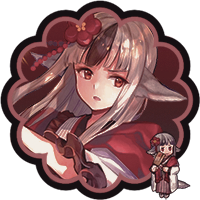


style 1 - style 1 alt 1 - style 1 alt 2
style 2 - style 3 - style 4
style 5 - style 6 - style 7
style 8 - style 9 - style 10
style 11 - style 12 - style 13
0 notes
Text
This story first appeared in The Beet, a weekly email dispatch from Meduza covering Central and Eastern Europe, the Caucasus, and Central Asia. Sign up here to get the next issue delivered directly to your inbox.
The polished dark-gray onion dome of the Saint Dumitru Church rises proudly among the low-rise Soviet housing blocks in a residential area of the Moldovan capital Chișinău. Dozens of people rush in for the evening service. Inside, they find themselves surrounded by brightly-colored walls, covered in Byzantine icons and murals depicting biblical scenes. The main inscription above the nave is a Romanian translation of a verse from the Gospel of Matthew: “Come to me, all you who are weary and burdened, and I will give you rest.”
Well-trained men’s voices dominate the choir, which sings Orthodox hymns in Romanian along with a handful of songs in Old Slavonic. Archpriest Pavel Borșevschi opens the vespers in Romanian, too, with prayers for Moldova’s Metropolitan Vladimir (Cantarean), the nation, its rulers, and peace — but not for Russia’s Patriarch Kirill. This is one of the few signs of the Moldovan Orthodox Church’s autonomy from Moscow.
The Metropolis of Moldova is the country’s main Orthodox Church, canonically subordinate to the Russian Orthodox Patriarchate. But in November 2023, Father Borșevschi sent a letter on behalf of priests from some 30 churches to Metropolitan Vladimir, asking him to initiate the Moldovan Orthodox Church’s transition to the jurisdiction of the Romanian Patriarchate.
A meeting led by Metropolitan Vladimir rejected the request following a tight vote. However, parishioners who spoke to The Beet in February remained divided on the issue. Ion, 54, and Nicolae, 47, said they supported the priests’ call to break with Moscow, adding that the Metropolitan’s response wasn’t “fatherly.” Ana, 45, said she’d be happy under either Patriarchate because “there’s only one God.”
Then there was Valeriu, 60, who instantly declared his pro-Russian stance and blamed the war in Ukraine on “miseries” stemming from the 2004 Orange Revolution. At the other end of the political spectrum was Ala, 59, who admitted that she’s been waiting for the Moldovan Church to move to the Romanian Patriarchate “since the 1990s” and supports Moldova’s reunification with Romania.
“Russia is not for peace but instead stands for war,” Ala said. “We should be open and speak the truth, and fear only God.”
‘They told me it wasn’t possible’
Russia’s full-scale invasion of Ukraine, which has already led the Ukrainian Orthodox Church to sever ties with Moscow, has also had repercussions for religious life in neighboring Moldova, where Orthodox believers are mainly divided between the larger Metropolis of Moldova, encompassing 1,300 parishes, and the smaller Metropolis of Bessarabia under the Romanian Patriarchate, with 300 parishes.
Moldovan clerics at all levels have invoked Patriarch Kirill’s support for the Russian army as the reason for distancing themselves from Moscow, with none other than Metropolitan Vladimir sending a surprisingly bold letter to the Russian Patriarch, and individual priests migrating to the Romanian Patriarchate. According to the Bessarabian Orthodox Church, nearly 50 priests have made the switch and dozens more are in the process of doing so, as well. The Moldovan Orthodox Church, however, claims the number of defectors is as low as 13.
Vasile Enachi and Ioan Solonaru were among the first priests to make the transition, changing patriarchates in August 2023. “My father was enlisted in the Romanian Army together with King Mihai at Buftea, in 1940–1946. My mother’s parents are buried in Buftea, Romania,” said Enachi, who serves a congregation in Ișnovăț, a village north of Chișinău. “I tried to move to the Bessarabian Metropolitan Church 25 years ago, but they told me it wasn't possible because of a mess with the documents.”
The Metropolis of Bessarabia was founded in 1925, back when most of the territory that makes up present-day Moldova was part of Romania. After the Soviet Union annexed these territories from Romania during World War II, the authorities outlawed the Bessarabian Orthodox Church and persecuted its clerics. Even after Moldova gained independence from the USSR in 1991, the authorities refused to recognize or register the Bessarabian Church; it took a European Human Rights Court ruling in 2001 for the Moldovan government to respect religious freedom and legally register it.
The Metropolis of Chișinău and All Moldova, meanwhile, claims to be the successor of the medieval Metropolis of Moldovawith its seat in Iași, Romania. However, it’s actually the successor of local Orthodox structures that were first brought under the Russian Patriarchate after the Russian Empire annexed most of what is now Moldova (along with territories that are now part of Ukraine) in 1812. In the interwar period, when Moldova was part of Romania, the Moldovan Orthodox Church came under the Romanian Patriarchate — only to end up back under Russian jurisdiction after the Soviet Union annexed Moldova in the 1940s. Just like in Ukraine, Moscow’s occupation of Moldova involved the Russian occupation of its church. Unlike in Ukraine, however, Moldova never had an autocephalous structure.
Russia’s full-scale invasion triggered a similar process in Ukraine, albeit on a larger scale. In 2022–2023, 955 religious communities officially transferred from the Ukrainian Orthodox Church (Moscow Patriarchate) jurisdiction to the independent Orthodox Church of Ukraine, according to Kyiv’s State Service for Ethnic Affairs and Freedom of Conscience. Yet, in Ukraine, some transfers have been marred by violence. A new bill, which the Verkhovna Rada is set to vote on in a second reading, aims to reduce Russian influence further in Ukrainian religious life. It’s still unclear what will happen to Ukrainian parishes wanting to maintain their connections to Moscow.
‘Complete heresy’
Like Vasile Enachi, Ioan Solonaru also said he decided to change patriarchates a long time ago. “But the tipping point came when Patriarch Kirill blessed Russia’s war in Ukraine and said that Russian soldiers who die in Ukraine would have their sins washed away — that is complete heresy,” Solonaru told The Beet.
Solonaru’s congregation in Cimișeni, a village east of Chișinău, also insisted upon distancing their church from Moscow, he said. “In the first months of the full-scale invasion of Ukraine, we had over 2,000 Ukrainian refugees pass through our village, and we helped provide them with bed linens, underwear, hygiene products, etcetera. We spoke to them and heard their stories of war,” Solonaru recalled.
However, a 2004 court ruling proved to be an impediment. Made during the mandate of a pro-Russian government, the decision brought 700 churches considered “cultural monuments” under the jurisdiction of the Moldovan Orthodox Church, meaning any priest who joined the Romanian Patriarchate risked losing his church to another priest from the Russian Patriarchate. A judiciary court overturned this ruling in March 2023.
Not long beforehand, Solonaru heard rumors that the Moldovan Church’s Metropolitan Vladimir was considering moving away from Moscow. “We waited and waited, but he wouldn’t make up his mind,” the priest recalled. Enachi said he even spoke to Metropolitan Vladimir directly about his intentions to leave the Russian Patriarchate in July 2023. “He didn’t say anything but looked at me coldly as if I were a stranger.”
In the end, Enachi and Solonaru spoke to several colleagues about making the transition themselves. Only four of them followed through over the summer of 2023.
Weeks later, in September, Metropolitan Vladimir — who was born in a village in Ukraine’s western Chernivtsi region to a Romanian father and a Ukrainian mother — finally made up his mind and sent a strongly worded letter to Patriarch Kirill. He wrote that public trust in the Church had dropped from 90 to 70 percent due to its association with Moscow, putting it at risk of “institutional failure.”
A trend “that concerns our people and the clergy, 80 percent of whom hold Romanian citizenship,” wrote Metropolitan Vladimir, “is the increasingly persistent desire of the Russian Patriarchate to absorb the Metropolis of Moldova into the so-called ‘Russian World,’ which is foreign to our aspirations and our national values.” He also complained that “both secular and ecclesiastical authorities in Russia have treated us and continue to treat us as a peripheral and spineless people, deprived of the right to make the decisions we consider necessary for our well-being and prosperity.”
‘Preserving the unity of the Church’
The public only learned about Metropolitan Vladimir’s letter a month later, when Sergei Chapnin, a former high-profile Moscow Patriarchate employee who is now a senior fellow at the Orthodox Christian Studies Center at Fordham University in the United States, mentioned the epistle in a social media post.
Chapnin told The Beet that Patriarch Kirill replied to the letter — something the Moldovan Orthodox Church denied — but he was unwilling to share the contents of the response. According to the Russian theologian, subsequent events revealed that Metropolitan Vladimir “employed the tactic of ‘asking for a lot to get at least something.’” (That something, Chapnin said, was the approval of Archimandrite Filaret’s consecration as a bishop, which took place last October after a year-long wait.)
Within a week of Chapnin’s post, Metropolitan Vladimir’s letter leaked online. Vlad Cubreacov, a controversial former Moldovan lawmaker now based in Bucharest, posted a Romanian translation on his blog, which spread like wildfire. A spokesman for the Moldovan Orthodox Church confirmed the letter’s authenticity — and it made headlines in Moldova for weeks.
The letter from the Chișinău priests led by Archpriest Pavel Borșevschi came out the next month, in November. The Moldovan Orthodox Church convened an assembly to discuss the appeal but remained divided over moving to the Romanian Patriarchate. Borșevschi said that he and his fellow priests eventually voted to preserve “the unity of the church” so that, when the time came, priests could move to the Romanian Patriarchate en masse rather than individually. He added that the assembly preferred that the Moldovan Metropolis join the Romanian Patriarchate without involving the Bessarabian Orthodox Church.
Sources from both Chișinău and Bucharest who asked to remain anonymous toldThe Beetthatthe Moldovan Metropolis and the Romanian Patriarchate had discussed how exactly such a mass move could take place. But while Chișinău expected the resignation of the Metropolitan of Bessarabia Petru (Păduraru), Bucharest was waiting for Metropolitan Vladimir to quit first — without saying so explicitly.
The Bessarabian Orthodox Church, meanwhile, openly stated that the Moldovan Metropolis could not circumvent it in a potential transition to the Romanian Patriarchate. It insisted that the only possible scenario was for individual priests to switch to the Bessarabian Church.
The Moldovan Orthodox Church took more drastic measures to discourage individual priests from defecting, defrocking eight priests who had joined the Bessarabian Church, including Solonaru and Enachi. Bucharest dismissed Chișinău’s decision, saying it does not apply to its clergy.
According to Solonaru, some priests who wanted to follow in his footsteps faced pressure to stay with the Moldovan Orthodox Church from mayors or regional councilors from pro-Russian political parties. “Others think their congregations would not agree or are put off by the donors who built the churches,” Solonaru added.
Enachi also said he alerted the authorities when he made the switch, fearing violence provoked by pro-Russian groups. According to the priest, they told him to beware of anything he drinks or eats — in case of poisoning attempts. Luckily, the transition was peaceful.
‘Material interests’
Metropolitan Vladimir’s letter to Patriarch Kirill also mentioned another, perhaps more pragmatic, reason why Moldovan priests might be tempted to forsake Moscow. Thanks to funding from Bucharest, the Romanian Patriarchate offers all its priests monthly salaries of 250 euros ($270), plus medical insurance and pensions. Under the Russian Patriarchate, meanwhile, priests are actually expected to pay tithes to the Moldovan Orthodox Church.
Enachi told The Beet that he had to pay the equivalent of $48 per month to the Metropolis of Chișinău, and, on top of that, he was asked to chip in for Patriarch Kirill’s visits. “We give a lot of money apart from taxes: to priests on their birthdays, for meals when [Patriarch] Kirill came, to buy their hats from Moscow [...] But how can I do a good thing on behalf of the church, as well?” Enachi asked rhetorically. “I told them: There are poor priests, with many children, who hold religious services in flip flops. How do you expect them to pay for these things?”
At the same time, he maintained that his decision to switch patriarchates was not financially motivated and that he planned to donate his salary to an orphanage as soon as he receives it. Moreover, since he stopped paying money to the Moldovan Orthodox Church, Enachi has started his own charity projects, such as donating $485 to the local school as an award for the top-performing pupils.
The Moldovan Orthodox Church has consistently criticized the Romanian Patriarchate for offering economic incentives. “It is painful how material interests give rise to an opportunistic patriotism in some servants of the Church, and the salary offered influences the perception of nationality,” Metropolitan Vladimir wrote in a letter to Patriarch Daniel of Romania on March 4.
The Metropolitan himself has faced criticism for traveling to Moscow to officiate religious services on behalf of the Moldovan Orthodox Church. Bishop Ioan of Soroca, a vicar and church spokesman, defended the visits by likening Metropolitan Vladimir to a diplomat. “Just like the Republic of Moldova has an embassy in Russia, so does Metropolitan Vladimir go and serve the diaspora, like a diplomatic mission,” he told The Beet.
At the same time, the Bishop of Soroca maintained that despite its formal subordination to the Moscow Patriarchate, the Moldovan Orthodox Church is an “independent institution.” And priests decide individually whether to mention Patriarch Kirill or just Metropolitan Vladimir in their blessings, he explained. “The vast majority of priests do not mention Kirill in their prayers,” the Bishop of Soroca said. “We have firmly condemned the fratricidal war in Ukraine and any pro-war declarations,” he added.
Solonaru says he thinks a complete break with Moscow is still possible in Moldova: “If there was the will [from the top leadership], a large part of the Moldovan Metropolitan Church could join the Romanian Patriarchate. Yet, for that to happen, there is a lot of discussion to be had with priests, monks, and nuns. There’s a lot of work to do.”
1 note
·
View note
Text


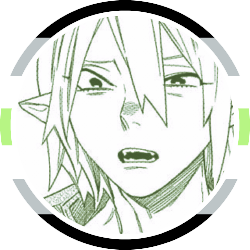



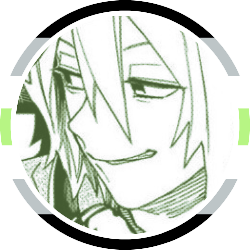



♔ || MIHAI FLORESCU ICONS
250x250 || agender || bordered circle
like / rb + credit + read dni if using
requested by anon !!
13 notes
·
View notes
Text
Should i change my username in 2024...but i cant, mihai is too iconic
27 notes
·
View notes
Text
Ritorno al passato: Come emulare online un Mac degli anni '90 e rivivere l'esperienza vintage

In questo articolo, vi mostreremo alcuni dei migliori siti web per emulare un Mac online degli anni '90, e vi daremo alcuni consigli su come sfruttarli al meglio. Pronti a fare un salto nel passato? Se siete appassionati di tecnologia e di storia, probabilmente avrete una certa curiosità per i computer Apple degli anni '90, che hanno segnato un’epoca e hanno contribuito a creare la fama e il successo dell’azienda di Cupertino.
Scopri come emulare online un autentico Mac degli anni '90 e rivivi l'esperienza vintage del passato
Magari avete anche posseduto o usato uno di questi Mac, e vorreste rivivere le sensazioni e le emozioni di quei tempi. Oppure, semplicemente, volete scoprire come funzionavano e cosa offrivano questi dispositivi, che oggi sembrano così lontani e diversi dai moderni Mac.
Qualunque sia il vostro motivo, sappiate che esiste un modo semplice e divertente per emulare un Mac online degli anni '90, senza dover installare nessun software o acquistare nessun hardware. Si tratta di usare dei siti web che offrono degli emulatori basati su WebAssembly, una tecnologia che permette di eseguire codice di basso livello nel browser, in modo efficiente e sicuro.
In questo modo, potete accedere a una replica perfetta del sistema operativo e delle applicazioni di un Mac degli anni '90, con tanto di grafica, suoni e interazione.
Emulare un Mac online con Infinite Mac

Il primo sito web che vi consigliamo di visitare è Infinite Mac, un progetto di Mihai Parparita che ha lo scopo di rendere facilmente accessibile l’emulazione dei computer Apple classici. Il sito usa delle versioni WebAssembly di Mini vMac, Basilisk II e SheepShaver, tre emulatori famosi e affidabili, che permettono di riprodurre un’ampia gamma di versioni del sistema operativo Mac, dal System 6 al Mac OS 9.
Il sito offre dei collegamenti rapidi alle versioni più popolari del sistema operativo, che potete aprire con un semplice clic. Ad esempio, potete provare il System 6, il System 7, il KanjiTalk 7 (la versione giapponese del System 7), il Mac OS 8 e il Mac OS 9.
Ogni link vi porterà a una pagina con un’interfaccia che simula il desktop di un Mac, con le icone delle applicazioni, il menu Apple, il cestino e la barra del menu. Potete interagire con il mouse e la tastiera, e avviare le applicazioni che volete. Il sito offre anche una selezione di giochi e programmi classici, come MacPaint, MacDraw, Kid Pix, HyperCard, SimCity, Civilization, Doom e molti altri.
Per usare il sito, non dovete fare altro che accettare i termini di utilizzo e attendere che il sistema si carichi. Il tempo di caricamento dipende dalla velocità della vostra connessione e dalla dimensione del sistema operativo che volete emulare.
Una volta caricato, potete usare il Mac come se fosse reale, e divertirvi a scoprire le sue funzionalità e le sue peculiarità. Se volete uscire dall’emulatore, potete premere il tasto Esc, che vi riporterà alla pagina principale del sito.
Il sito è molto ben fatto e offre un’esperienza fedele e realistica. L’unica pecca è che non permette di salvare i propri dati o le proprie impostazioni, quindi ogni volta che si accede al sito si riparte da zero. Inoltre, il sito non è aggiornato da tempo, e potrebbe non funzionare correttamente con alcuni browser o dispositivi.
Emulare un Mac online con PCE.js

Un altro sito web che vi consigliamo di provare è PCE.js, un progetto di James Friend che usa una versione WebAssembly di PCE, un altro emulatore di computer Apple classici. Il sito offre la possibilità di emulare un Macintosh del 1984, con il sistema operativo System 7.0.1 e le applicazioni MacPaint, MacDraw e Kid Pix. Il sito offre anche la possibilità di emulare un Apple II, un Atari ST e un IBM PC.
Il sito è molto semplice da usare: basta scegliere il computer che si vuole emulare e attendere che si carichi. Il sito mostra una finestra con l’interfaccia del computer scelto, e permette di interagire con il mouse e la tastiera. Il sito offre anche la possibilità di caricare dei file dal proprio computer, o di scaricare dei file dal computer emulato. In questo modo, si può personalizzare l’esperienza e salvare i propri dati.
Il sito è molto curato e offre un’ottima qualità di emulazione. L’unica pecca è che il sito offre solo una versione del sistema operativo Mac, e non permette di scegliere tra diverse opzioni. Inoltre, il sito potrebbe non essere compatibile con tutti i browser o i dispositivi.
Emulare un Mac online con Mac OS for the Web

Un terzo sito web che vi suggeriamo di visitare è Mac OS for the Web, un progetto di Mohammad Mahdi che ha lo scopo di ricreare l’interfaccia e le funzionalità di un Mac OS moderno nel browser.
Il sito non è propriamente un emulatore, ma piuttosto una simulazione, che usa HTML, CSS e JavaScript per riprodurre l’aspetto e il comportamento di un Mac OS. Il sito offre la possibilità di usare delle applicazioni come Note, Calcolatrice, Terminale, VScode e altre, e di interagire con il mouse e la tastiera.
Il sito è molto interessante e divertente da usare, e offre una buona impressione di come sia usare un Mac OS. Il sito permette anche di cambiare il tema, il colore e la lingua dell’interfaccia, e di salvare i propri dati nel browser. Il sito è anche in continua evoluzione, e promette di aggiungere nuove funzionalità e applicazioni in futuro.
Conclusioni
Speriamo che questo articolo vi sia piaciuto e vi sia stato utile. Se avete domande, commenti o suggerimenti, non esitate a contattarci. E se volete leggere altri articoli interessanti e informativi sul mondo della tecnologia, seguite il nostro blog. Grazie per la vostra attenzione, e alla prossima!
Note finali
E siamo arrivati alle note finali di questa guida. Ritorno al passato: Come emulare online un Mac degli anni '90 e rivivere l'esperienza vintage. Ma prima di salutare volevo informarti che mi trovi anche sui Social Network, Per entrarci clicca sulle icone appropriate che trovi nella Home di questo blog, inoltre se la guida ti è piaciuta condividila pure attraverso i pulsanti social di Facebook, Twitter, Pinterest e Tumblr, per far conoscere il blog anche ai tuoi amici, ecco con questo è tutto Wiz ti saluta.
Read the full article
0 notes




